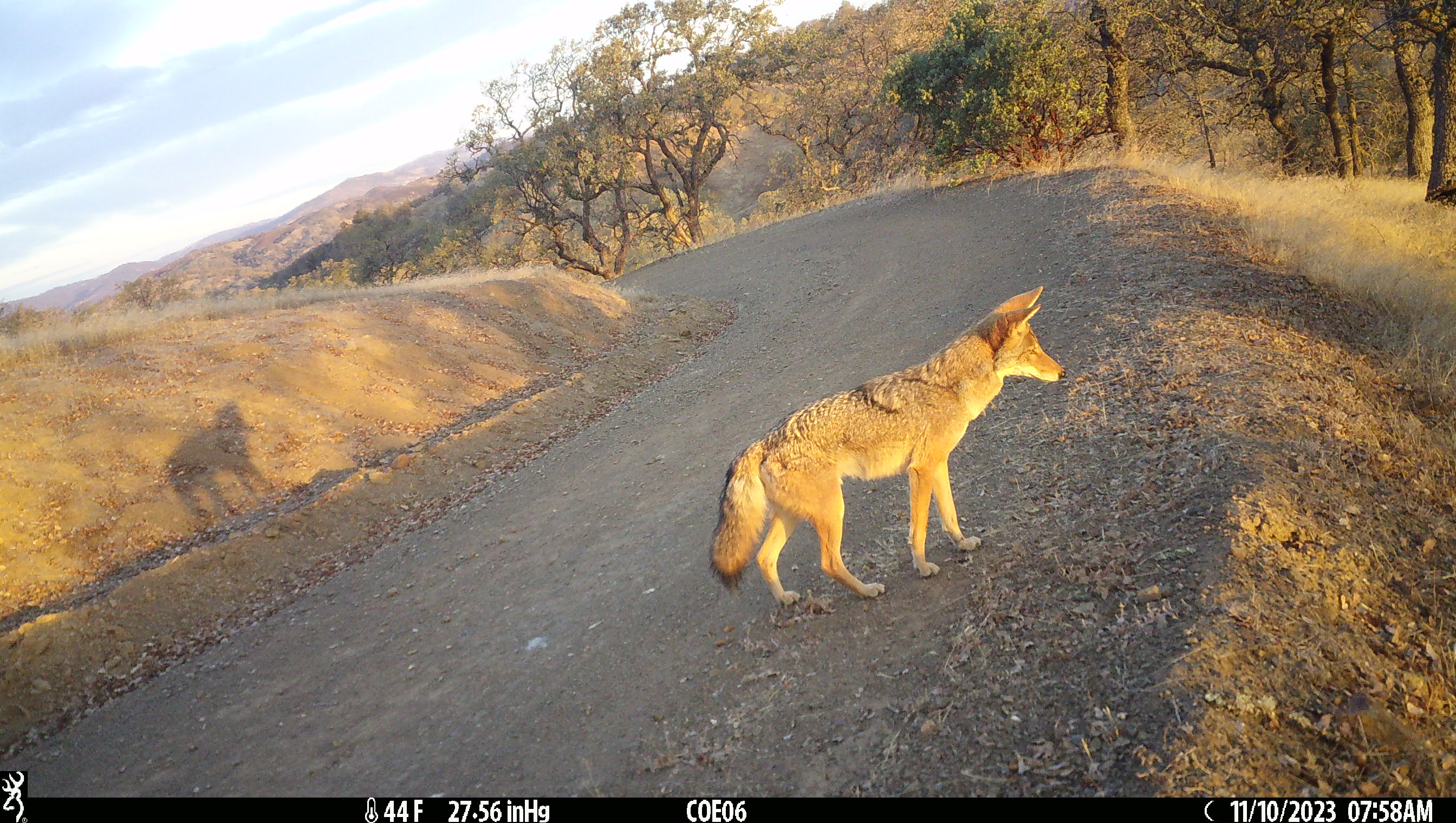Publications
Scat DNA Applications for Low-Density Carnivore Survey:
Techniques, Efficiency and Future Directions
; 2025

Large and mesocarnivores often occur at low densities due to both natural factors and human activities. Consequently, the noninvasive collection of carnivore data, such as scats for genetic...
Linking a Cougar Decline, Trophic Cascade and Catastrophic Regime Shift in Zion National Park
; 2006
The strength of top-down forces in terrestrial food webs is highly debated as there are few examples illustrating the role of large mammalian carnivores in structuring biotic...
Trophic Cascades Involving Cougar, Mule Deer and Black Oaks in Yosemite National Park
; 2008
Using a historical reconstruction, we discovered a potential trophic cascade involving cougar, mule deer and California black oak in Yosemite National Park in California. Our objective was to...
Impacts of Rural Development on Puma Ecology in the Sierra Nevada
; 2008
In Western North America, many rural areas are being converted to ranchette style residential development, potentially degrading habitat for large carnivores including pumas, and impacting ecosystem integrity. In...
Long-Distance Dispersal of a Male Puma in Patagonia
; 2009
Pumas have the largest geographic range of any terrestrial mammal in the Americas. Despite this large distribution, pumas are a species of conservation concern and believed in decline...
Coexisting with Cougars:
Public Perceptions, Attitudes and Awareness of Cougars on the Urban-Rural Fringe of Calgary, Canada
; 2009
Interactions between humans and cougars have been steadily increasing over the past 20 years largely due to human encroachment into cougar habitat and an increase in the human...
Trophic Downgrading of Planet Earth
; 15 July 2011
Until recently, large apex consumers were ubiquitous across the globe and had been for millions of years. The loss of these animals may be humankind’s most pervasive...
Cougar survival and source-sink structure on Greater Yellowstone's Northern Range
; July 18, 2011
We studied survival and causes of mortality of radiocollared cougars (Puma concolor) on the Greater Yellowstone Northern Range (GYNR) prior to (1987–1994) and after wolf (Canis lupus)...
The Garnet Range Mountain Lion Study:
Characteristics of a Hunted Population in West-Central Montana
; December 31, 2011
Large carnivores pose a particular challenge in wildlife management. Their importance in ecosystem function is increasingly well documented, while at the same time their potential for conflict with...
Prey Preference of Snow Leopard (Panthera uncia) in South Gobi, Mongolia
February 29, 2012
Accurate information about the diet of large carnivores that are elusive and inhabit inaccessible terrain, is required to properly design conservation strategies. Predation on livestock and retaliatory killing...
Impact of vehicular traffic on the use of highway edges by large mammals in a south indian wildlife reserve
; April 10, 2012
India’s phenomenal economic growth over the last decade has been accompanied by a much-needed expansion and improvement in transport and other infrastructure networks. While there are...
Table scraps:
inter-trophic food provisioning by pumas
; June 13, 2012
Large carnivores perform keystone ecological functions through direct predation, or indirectly, through food subsidies to scavengers or trophic cascades driven by their influence on the distributions of their...
Do You Have 2-4 Hours A Month To Preserve Your Local Ecosystem?
Our volunteers are the driving force behind making true change in ecosystem health and wild cat conservation. Some like to volunteer in the field, others help us maintain our online presence, and some work with events. With just a few hours a month, you can make a difference, too.
Make A Difference Right Now
As a 501(c)3 nonprofit, our work is only possible because of generous donors like you.
More than 90% of your donation will go directly to our groundbreaking research, outreach, and education programs.
This is where true change starts. If you’d like to be a part of it, make a donation to Felidae Conservation Fund today:
Or,
